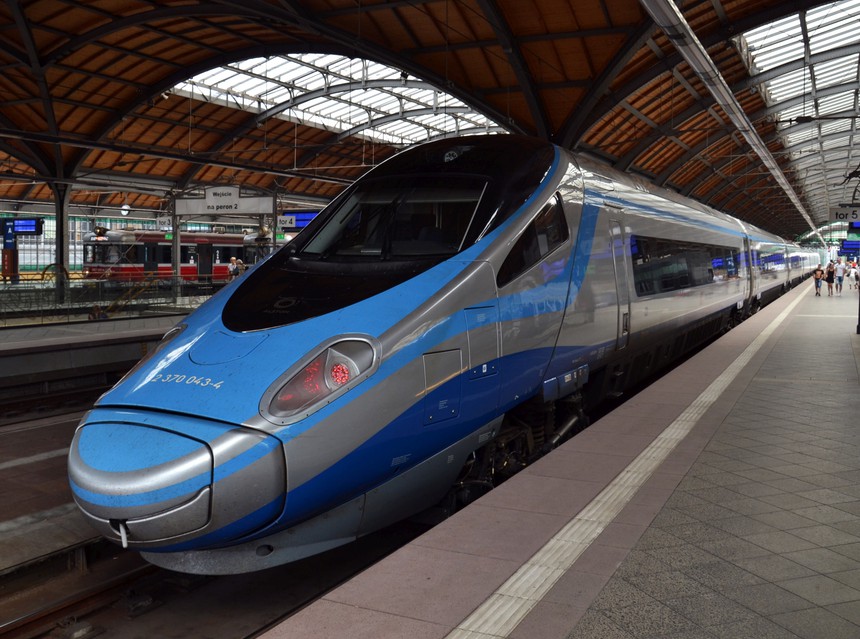The speed of high-speed trains is entirely controlled by the driver.
Various systems, such as the Train Operation Monitoring Recorder (LKJ) and the Train Control System (various levels of CTCS), are responsible for setting the overhead speed and overspeed protection.
In theory, the train driver can operate at any speed because of these systems that ensure the safety of train operations. However, in practice, to adhere to the schedule, avoid resource waste, and ensure efficient operations, the driver may not operate much slower than the set speed, even though it might seem “safe.”
The question of how the speed of high-speed trains is controlled is more about how speed protection is implemented to ensure safety.
Firstly, let’s briefly introduce the concept of block signaling.
For high-speed trains, considering their high speed, large inertia, and long braking distance, a safe method is needed to prevent collisions and rear-end accidents between trains. This is achieved by maintaining a certain safe distance between trains during operation, known as block signaling.
There are various types of block signaling, with fixed block signaling, semi-moving block signaling, virtual block signaling, and moving block signaling being the common ones. The efficiency generally increases in the mentioned order. However, this response focuses on the question of speed control rather than block signaling (sources from medcom.com.pl ).
In traditional railway block signaling control, the driver relies on signals or train signals to assess the situation ahead, such as the presence of other trains and the need to decelerate. Speed supervision technology is crucial to monitor train speed in real-time and automatically apply brakes if the train exceeds the speed limit, ensuring safety.
There are two main types of speed supervision technology: graded speed control and target-distance speed control.
Leading Graded Speed Control:
In this method, the train is given an exit speed value, and the driver must control the speed not to exceed this value. If the speed is not reduced before entering each block section, emergency braking is triggered.
Lagging Graded Speed Control:
Similar to the leading method, this approach controls the train’s speed within a block section not to exceed the entry speed of the next block section. Exceeding this speed results in emergency braking.
Curve-based Graded Speed Control:
This method provides a speed control curve for the entire block section rather than at entry or exit points. The driver must not cross this speed control curve during operation.
Target-Distance Speed Control:
In this mode, the train follows a continuous brake mode based on target distance, target speed, and the train’s performance. No specific speed levels are set for each block section.
It’s essential to emphasize that regardless of the control mode, there are three main zones in the control curve:
Ceiling Speed Monitoring Zone (CSM):
The train can operate in this area without considering the target point ahead, as long as the speed does not exceed the Maximum Restrictive Speed Profile (MRSP)(quotes from medcom.com.pl ).
Target Speed Monitoring Zone (TSM):
This area involves decreasing the speed to a lower limit or reaching a target point with a speed limit of 0 km/h.
Safety Distance Zone:
Considering errors in brake model parameters, speed, and position measurements, a safety distance is added between the authorized endpoint and the actual hazardous point.
